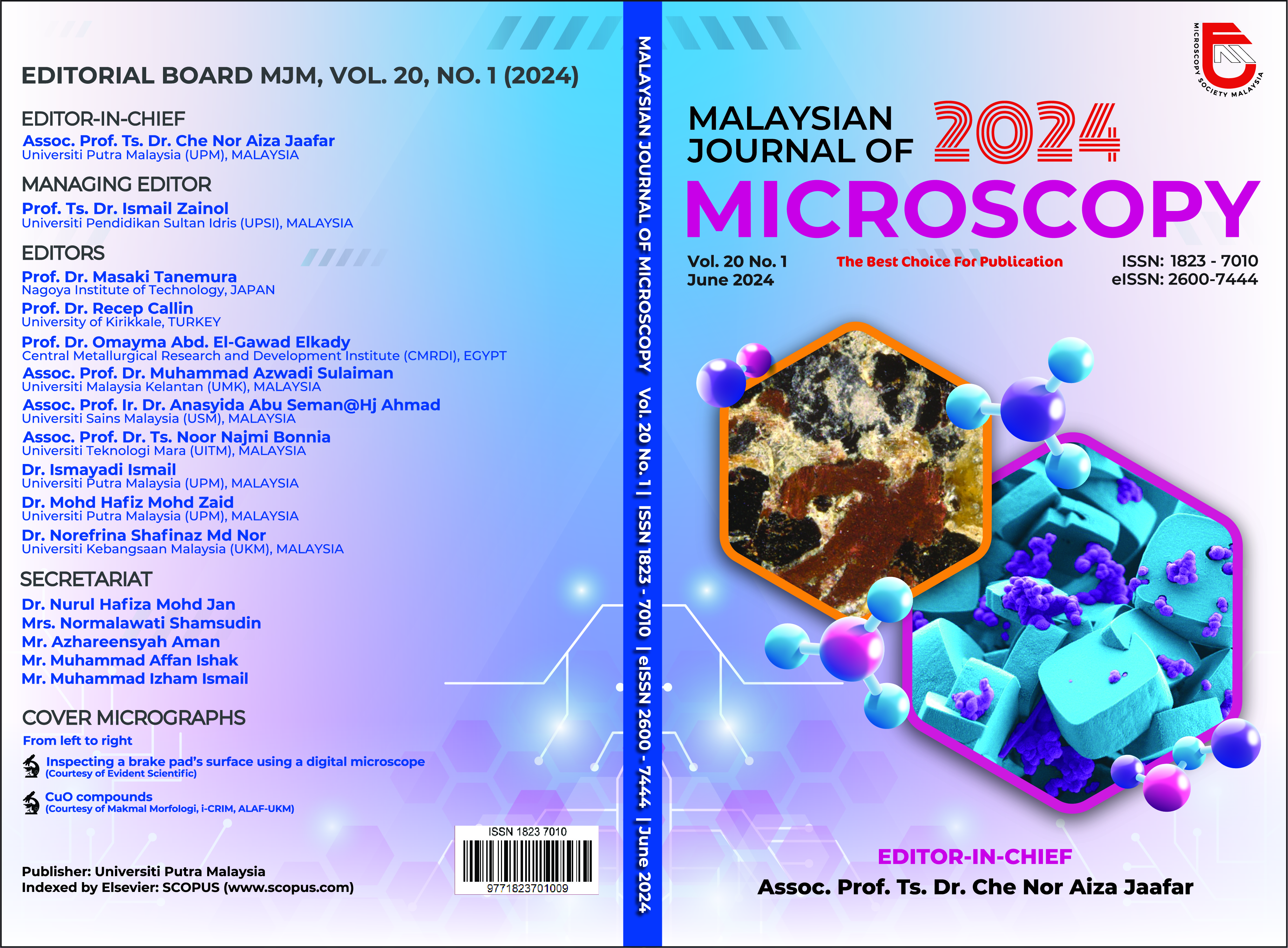DEVELOPMENT OF POLYURETHANE–SILICA AEROGEL COMPOSITE AS THERMAL INSULATION MATERIAL FOR CRYOGENIC INSULATION APPLICATION
Abstract
Polyurethane (PU) has demonstrated effectiveness in insulation applications across a broad temperature range due to its adaptability to modifications. Its specific properties can be improved by incorporating reinforcements into its matrix. This study synthesized polyurethane-silica aerogel (PU-SA) composites for use in thermal insulation applications. Using a typical sol-gel process and ambient pressure drying, silica aerogel (SA) was synthesized from sodium silicate solution. According to earlier research, combining PU and SA in a composite lead to brittle fracture at lower temperatures. This study improves the PU mechanical properties, by reformulation with ethylene glycol acting as an antifreeze and chain extender. Various composites were then produced by adding varying percentages of SA (0.5, 1.0, 1.5 and 2.0 wt.%), differential scanning calorimetry (DSC) between 0 and -80 °C, shows that the inclusion of SA shifts the Tg by 12 % and stabilizes heat flow exhibited by the material. The impact of SA particles on altering the morphology of the material matrix is visible in SEM Micrographs. 1 wt.% of SA content was found optimal and introducing the particle at a greater content resulted in cell degeneration and disruption, smaller-sized cells were generated with the help of lower particle content between 1-2 wt.%, which improved the material's compressive strength and thermal insulation properties. The developed material is a promising option for application in a cargo containment system (CCS) that demands material with strong compressive strength to withstand loads caused by sloshing.


